The 13 Best Leave-In Conditioners for Curly Hair, Reviewed by Hair Experts and Editors
Stay hydrated.
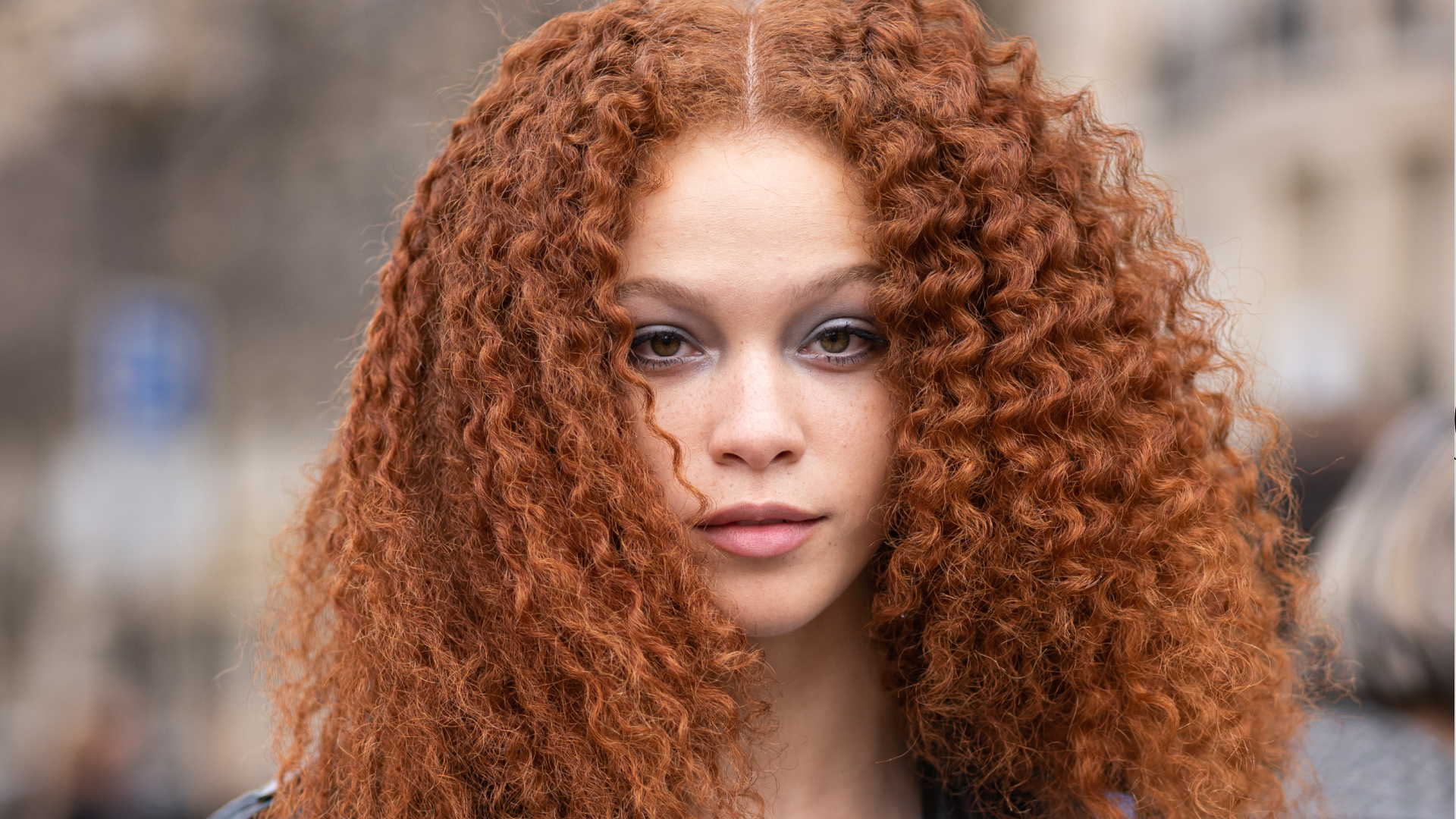
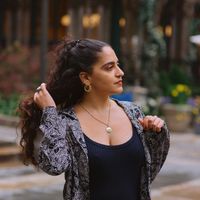
Caring for curly and natural hair requires more than just shampoo and conditioner. You'll probably want to use hair oils (like castor oil, argan oil, and coconut oil), deep conditioners, protein treatments, and, of course, one of the best leave-in conditioners.
"A leave-in conditioner is the product you use after you wash your hair," explains celebrity hairstylist Dimitris Giannetos. "This is very similar to a normal conditioner, except you don’t have to rinse it out, and it provides extra hydration." This extra hydration and protection is particularly important for people with curly hair, which is more prone to dryness than straight hair. Plus, leave-in conditioners that have hold or curl-defining properties can go a long way in helping style curly and natural hair daily.
Here, Giannetos and hairstylist Priscilla Valles share their favorite leave-in conditioners for curly hair and tips on how to use them. I've used many of these conditioners at various stages in my life and can attest to their short and long-term effects on hair health and curl definition.
The Best Leave-In Conditioners for Curly Hair
- Best Leave-In Conditioner for Curly Hair Overall: Crown Affair The Leave-In Conditioner Cream for Hydrated Hair
- Best Leave-In Conditioner for Dry, Curly Hair: Biolage Ultra Hydra Source Leave-In Cream
- Best Skin-Safe Leave-In Conditioner for Curly Hair: SEEN Leave-In Conditioner for Curly Hair
- Best Leave-In Conditioner for Waves: dae Cactus Flower Leave In Conditioner
- Best Leave-In Conditioner for Coils: Moroccanoil Intense Curl Cream
- Best Leave-In Conditioner for Natural Hair: Juices & Botanics The Quench Cream Fortifying Leave-In Conditioner
- Best Leave-In Conditioner for Curl Definition: Miss Jessie's Multicultural Curls Enhancing Texturizing Hair Styling Cream

If there's one hair brand the entire Marie Claire beauty team can get behind, it's Crown Affair. Not only is their signature hair perfume a Fragrance Award winner, but every item in the range is high quality, effective, and deeply hydrating. This leave-in is no different—it's ultra-hydrating, adds heat protection, minimizes frizz, and defines curls for an easy air dry.
Scent: Cool and Light
Size: 5.1 fluid ounces
Cruelty Free: Yes
What We Love: Smells lovely; editor-approved; defines curls; very lightweight
What We Don't: It is on the pricier side; the pump can get clogged
Review for MC: "Crown Affair Leave-In Conditioner has been my go-to to moisturize my wavy 2B hair since its debut. I love that the lightweight cream doesn’t weigh down my hair but still manages to lock in hydration for a healthy, smooth finish all day long. I use three pumps on my rib-skimming waves, starting from the ears down, and then rake it through with a wide tooth comb to evenly distribute before going in with my other styling products. Plus, it also smells incredible." — Hannah Baxter, Beauty Director

As you can see, Hannah is already a quarter through the bottle.
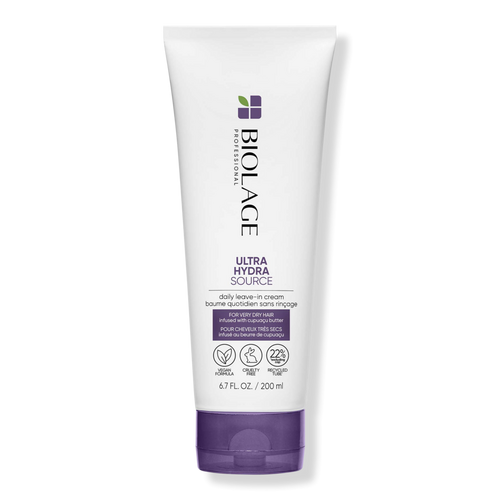
Extremely dry hair? There's truly no better option than this Biolage leave-in. Ingredients like cupuacu butter are able to penetrate the deepest levels of the hair fiber and secure hydration for over 72 hours. To my surprise, it still feels pretty lightweight.
Scent: Fresh and Citrus
Size: 6.7 fluid ounces
Cruelty Free: Yes
What We Love: Hydrates for up to 72 hours
What We Don't: The smell is on the stronger side
Review for MC: "Biolage’s Ultra Hydra Source Leave-In Cream has been a tried-and-true staple in my hair care routine for years. Given that my strands are naturally dry, I often gravitate toward leave-in products that are extra hydrating and this one falls right into that category. It’s infused with cupuacu butter which gives my curls a nice and soft texture. Plus, it’s super lightweight, so my hair never feels greasy or weighed down. For best results, apply a sizable amount of product to damp hair. Then finish things off with gel if you want a defined look." — Lauren Tappan, Fashion Editor
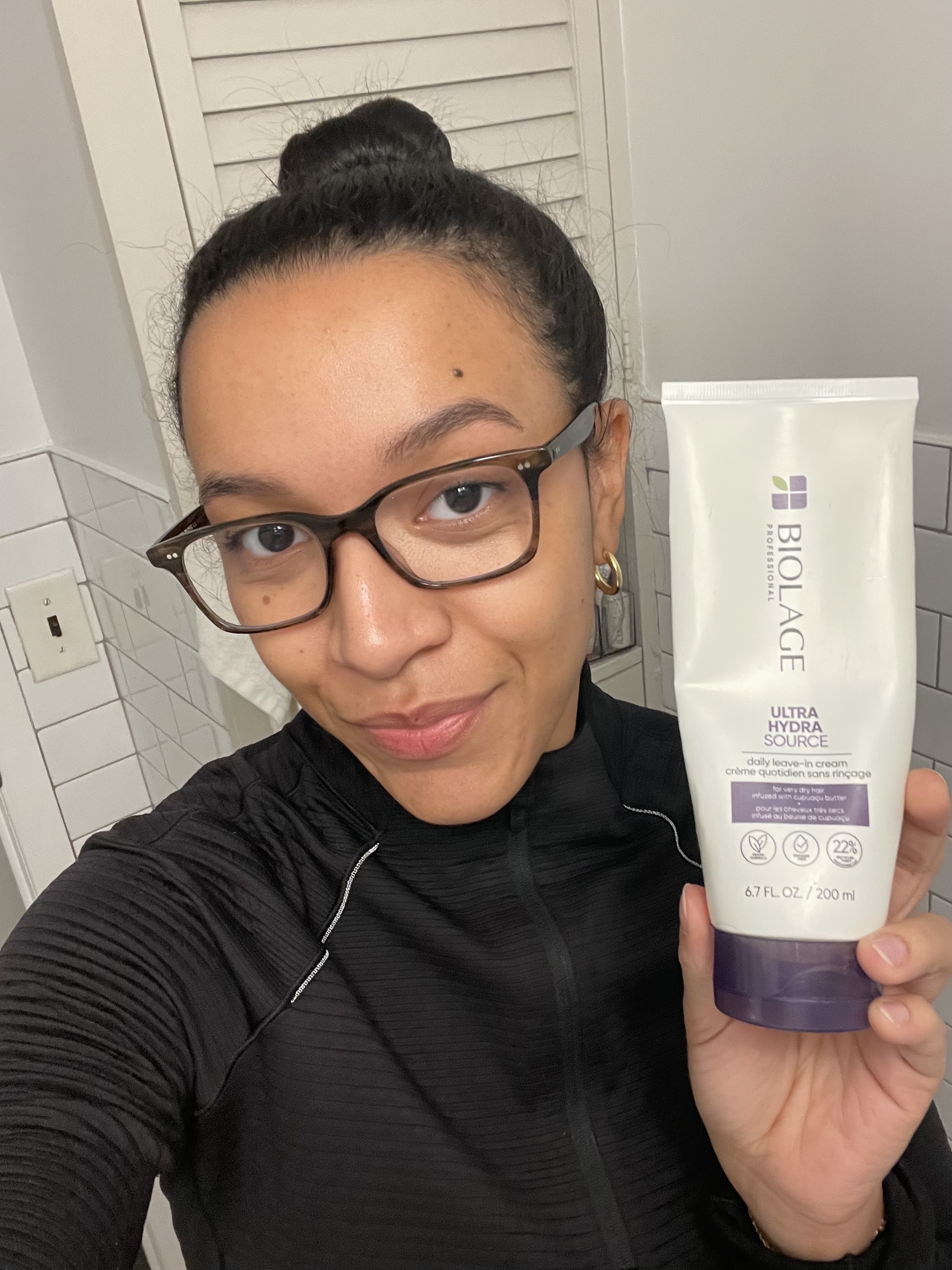
Lauren will lather some extra product and tie her hair into a bun when she needs an extra boost of moisture.
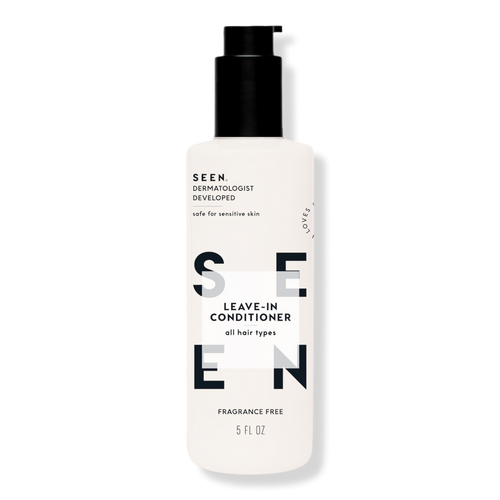
If you deal with face and body acne, there's a chance your hair products could be to blame. While you'll always want to consult with a board-certified dermatologist to establish the best course of action, switching to a fragrance-free regimen can't hurt. Plus, with stellar formulas available—SEEN is a favorite—the transition is easy. This particular product delivers long-lasting hydration, along with heat and UV protection.
Scent: Fragrance Free
Size: 5 fluid ounces
Cruelty Free: Yes
What We Love: Non-comedogenic; great for acne-prone skin
What We Don't: Can feel a bit heavy depending on your hair type
Review for MC: "Most leave-in conditioners are too heavy for my fine hair and sensitive scalp, or too lightweight to be of any use against my frizzy bleached curls. Leave it to SEEN to answer my prayers with a non-comedogenic option that hydrates, detangles, and heat-protects up to 450 degrees Fahrenheit. Being able to reach for the same product no matter how I plan to style my hair afterwards is such a luxury, and this fragrance-free lotion lets me do just that." — Staff Writer, Hanna Lustig

Hanna loves this leave in cream for defining her curls.
Other Leave-In Conditioners for Curly Hair We Love
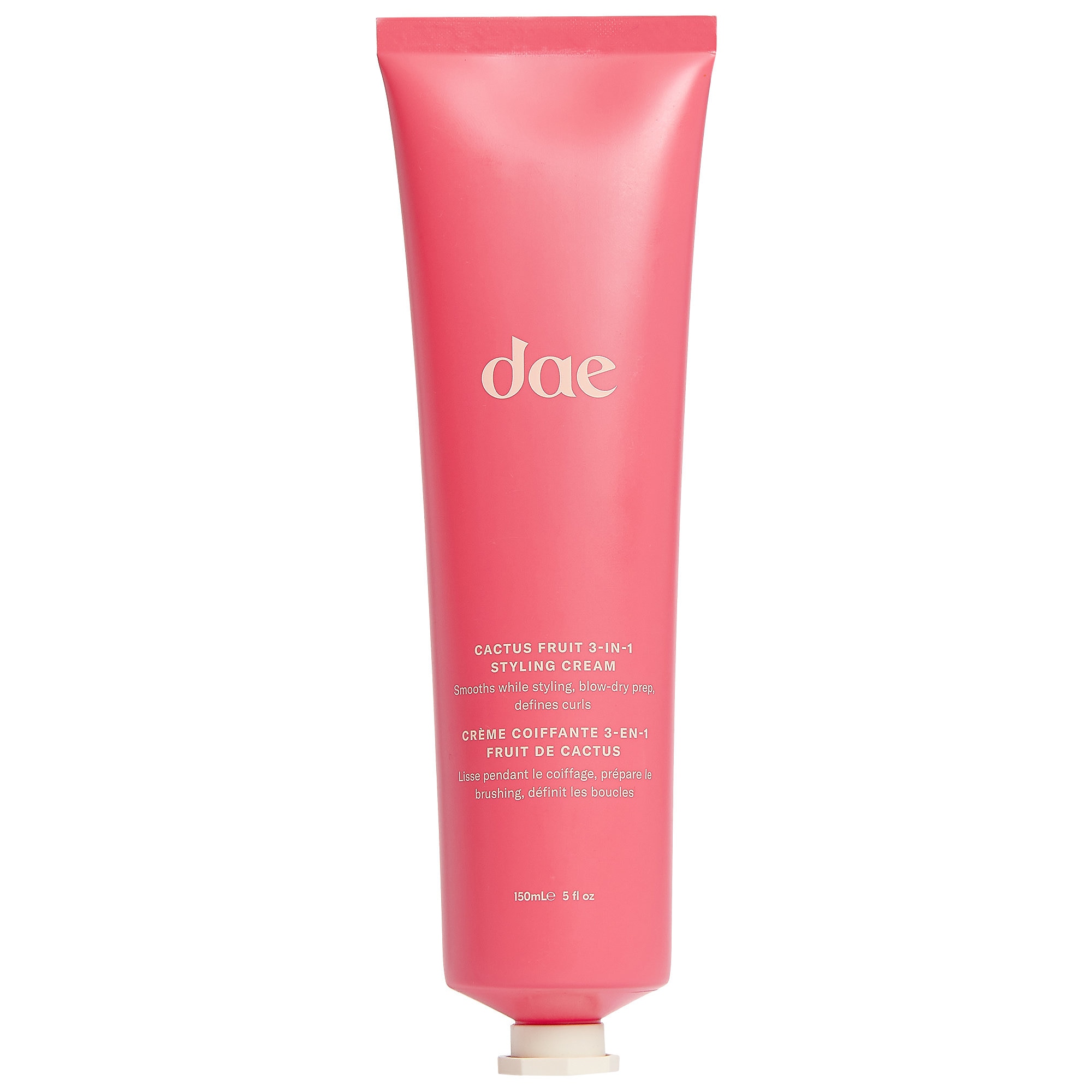
"I love this leave-in conditioner because it also has heat protection up to 450 degrees," says Valles. "The botanical blend also prevents breakage, repairs damage, enhances shine, and increases softness. Not to mention it smells delicious!" I, too, have tried this cream, and love that it both hydrates hair and styles it with a medium hold.
Scent: Fruity
Size: Comes in 5 and 0.6 oz options
Cruelty-free: Yes
What We Love: Expert-approved; editor-approved; heat protectant; clean; has a medium hold
What We Don't: Contains silicones
Review for MC: "It's perfect for days when I want to slick my hair back but don't want to deal with using a crust-inducing gel. Plus, the 0.6 oz travel-size comes with a tiny wand-like comb so you can easily tame flyaways on the go." — Gabrielle Ulubay, Beauty Writer
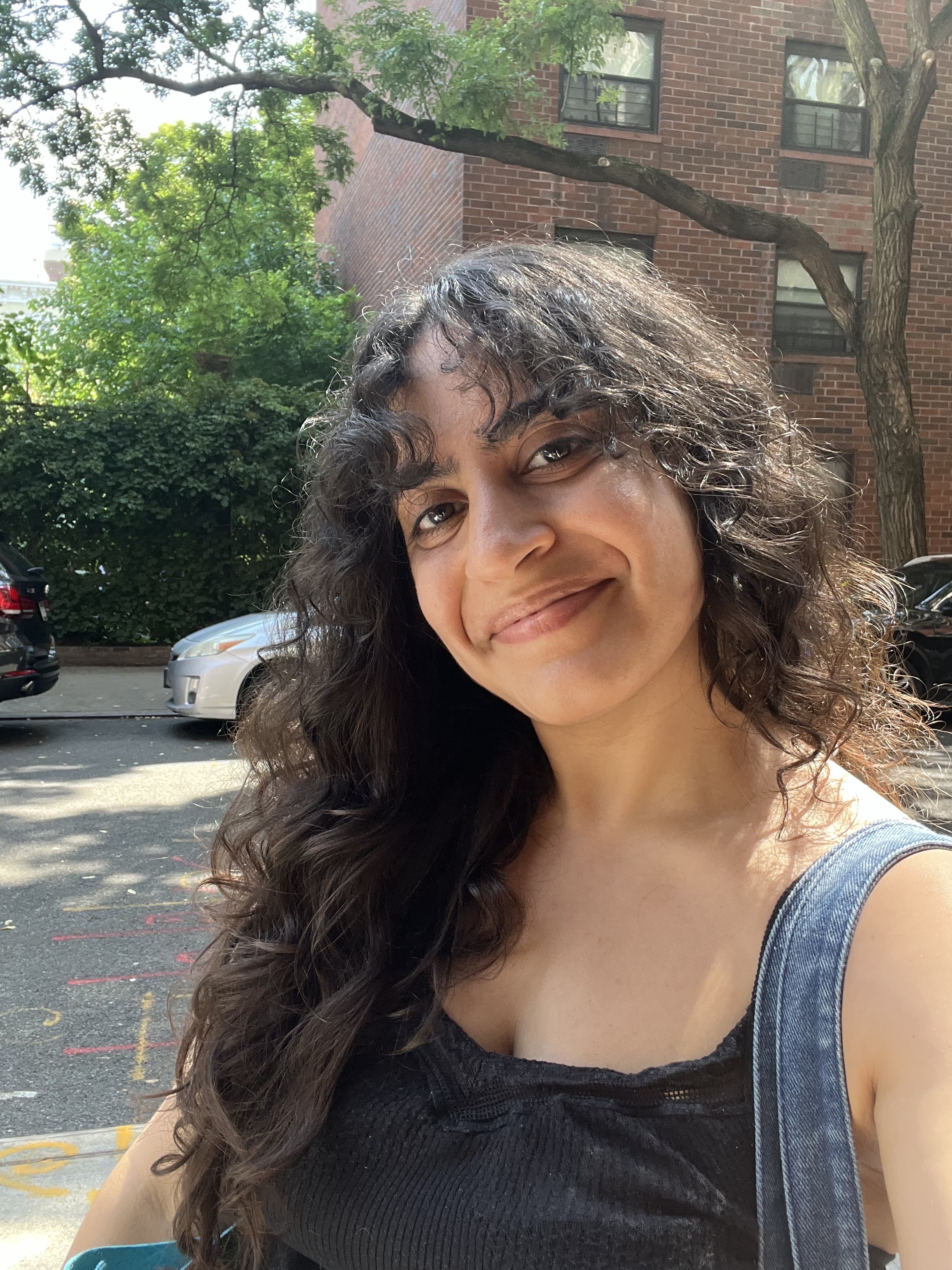
I'd been using Dae's Cactus Fruit 3-In-1 Styling Cream for about three weeks when I took this photo.
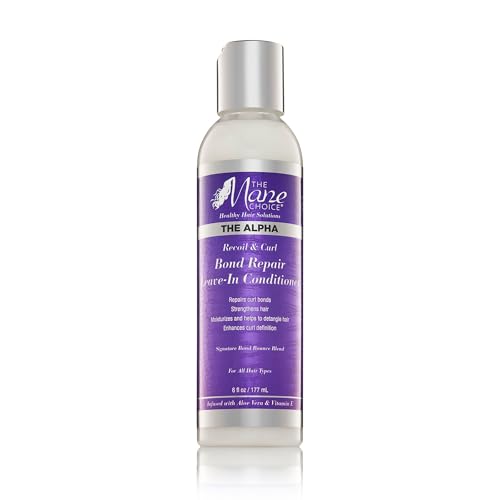
After months of dealing with dryness and frizz, I switched to this bond-repairing leave-in from The Mane Choice, which promises to permanently address flyaways and puffiness by fortifying individual hair strands. It's lightweight so that it can be used with other leave-ins and stylers, and it truly goes a long way in terms of healing damage. It also has the perfect texture—not too runny, not too thick—so it distributes evenly with ease.
Scent: Fruity
Size: 6 oz
Cruelty-Free: Yes
What We Love: Editor-approved; tames frizz; detangling; heals damaged hair; great for air-drying
What We Don't: Strong smell
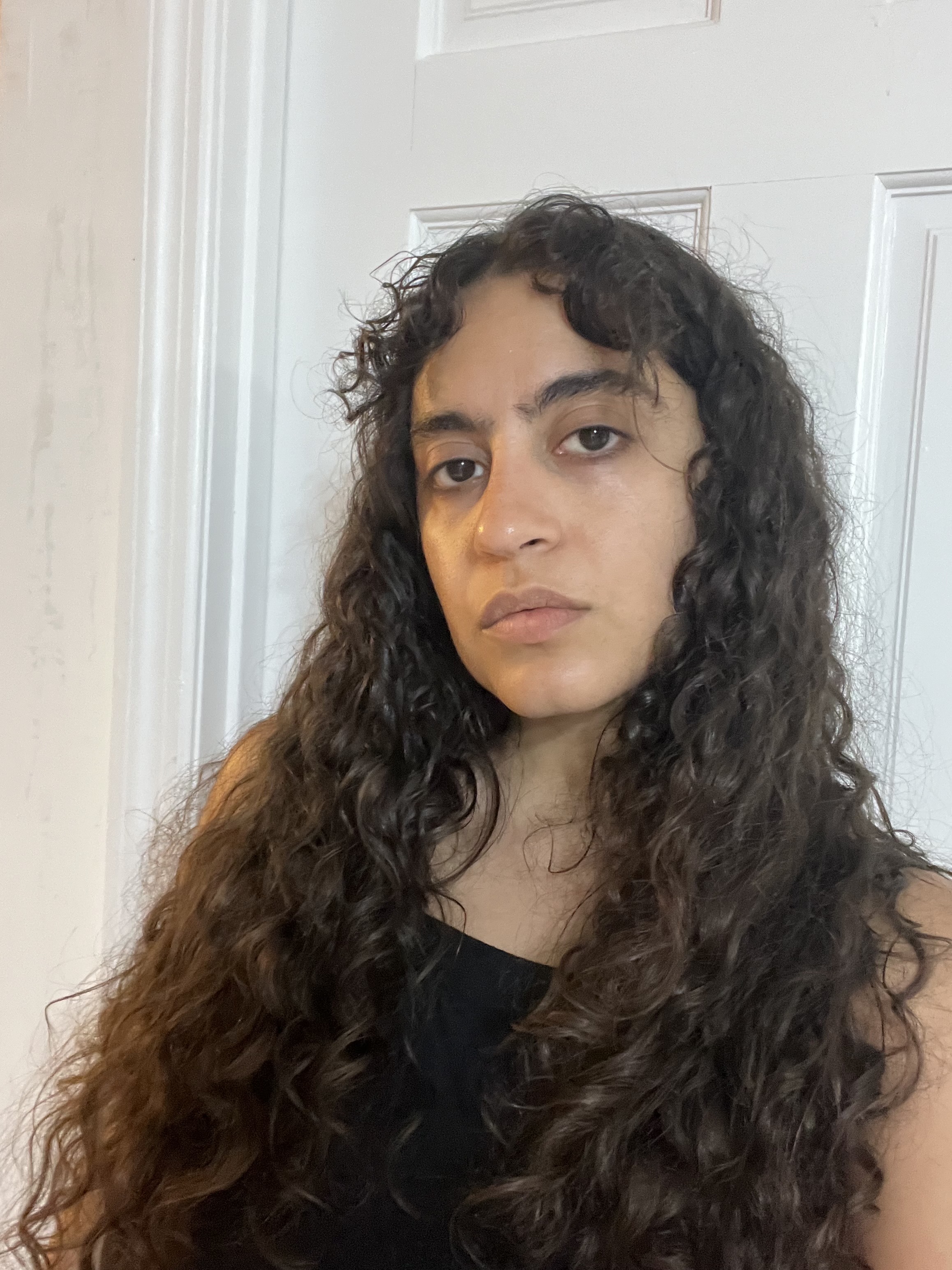
The Mane Choice's bond repair leave-in has slowly revitalized my curls after the course of about a month.

My curls are at their absolute best when I use this shea butter on them, though users either have to whip the product or melt it down to use it. Giannetos attests to the quality of this product too, saying, "Sheamoisture is definitely at the top of my list for leave-ins for curly hair. It makes the hair so soft and protects it from heat and humidity."
Scent: None (natural)
Size: 11.5 oz
Cruelty-Free: Yes
What We Love: Expert-approved; editor-approved; affordable; contains natural ingredients; frizz-fighting; clean; free of parabens, sulfates, and phthalates
What We Don't: More laborious than other options, which are ready to use right away
Review for MC: "I personally melt this into an oil consistency by placing a spoonful in a glass boil and another bowl filled with boiling water beneath it. The resulting oil is easy to distribute evenly throughout wet, damp, or dry hair." — Gabrielle Ulubay, Beauty Writer
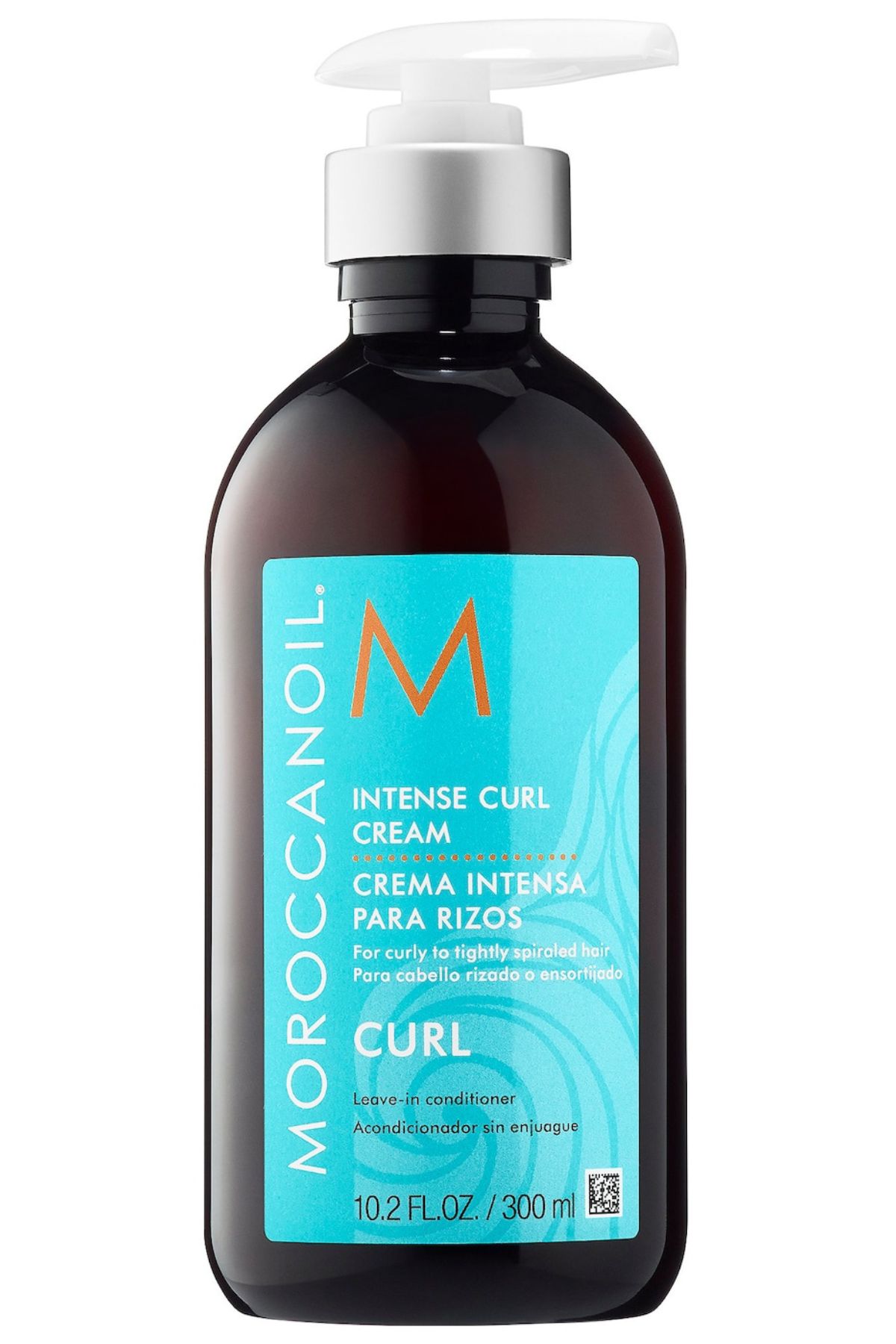
If your hair has a coily texture or is lacking shine, this formula is for you. The medium hold doesn't feel sticky or tacky, and it deposits instant hydration and moisture into even the dullest strands. Plus, the smell is phenomenal—you'll be stopped on the street.
Scent: Powdery
Size: 10.2 oz
Cruelty-free: Yes
Pros: Curl-defining; editor-approved; fights frizz; gentle scent
Cons: Contains silicones
Review for MC: "I love this option because it hydrates and defines my curls without weighing them down. Plus, this formula enhances my hair's shine like nothing else, and has that fresh powdery scent that Moroccanoil has become so widely beloved for. It's especially effective at revitalizing the weighed-down curls at the top of my head, and it has a medium hold that never feels slick or crunchy." — Gabrielle Ulubay, Beauty Writer
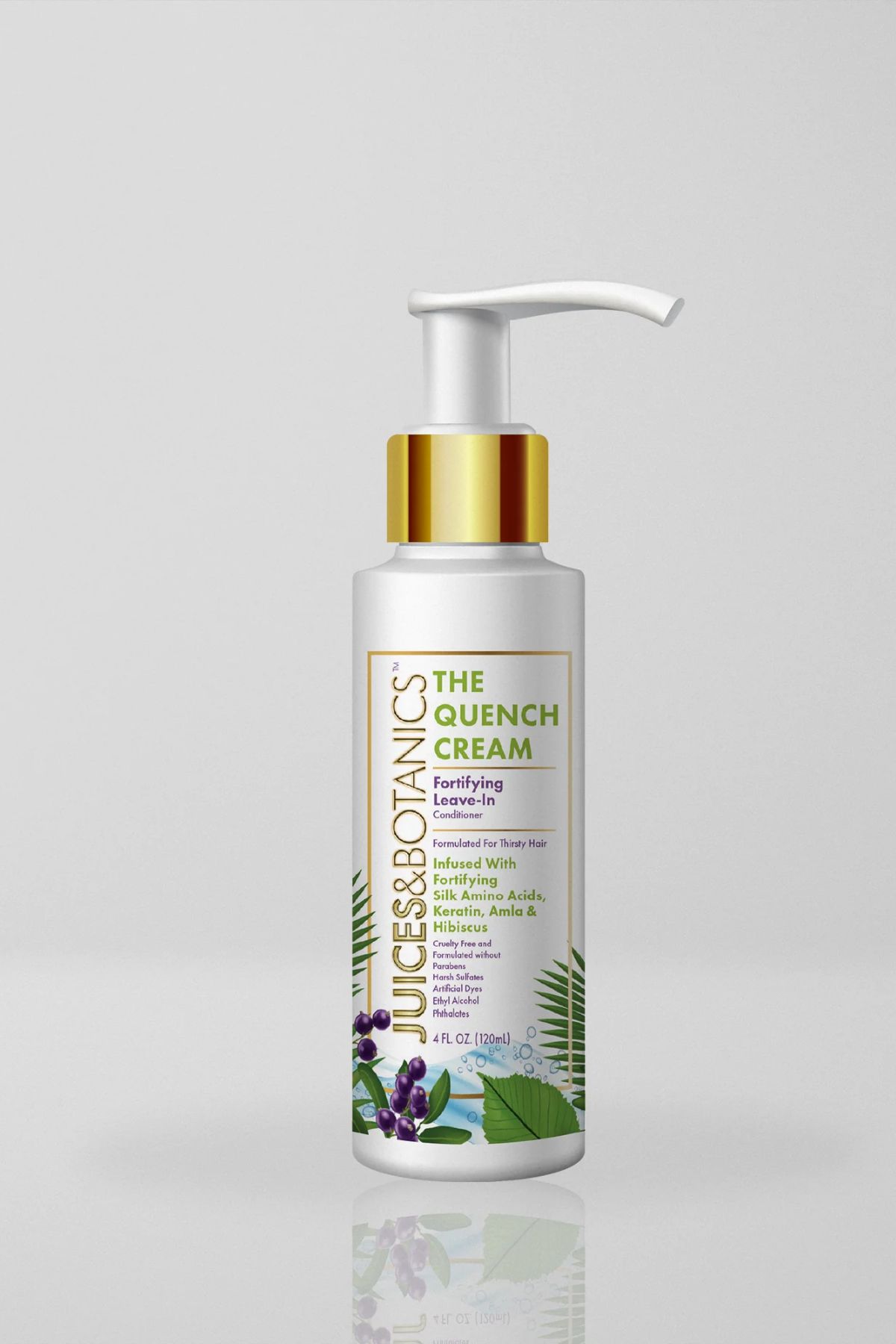
This is the perfect emergency tool for dry, frizzy hair, though it should be followed up with a styler or gel (as needed), because it provides very minimal hold. This option worked so well on my friend's type four curls, and she recommended applying it on damp, towel-dried hair. Just be sure to start small with this leave-in conditioner and work your way up, as a little certainly goes a long way.
Scent: Fruity
Size: 4 oz
Cruelty-Free: Yes
What We Love: Hydrating; Black-owned brand; made with natural hair in mind; gentle scent; protein-infused; affordable; editor-approved
What We Don't: Small bottle
Review for MC: "This cream was a bit thick for me personally, but when applied sparingly, it was deeply hydrating and added shine to my type three curls." — Gabrielle Ulubay, Beauty Writer

This product transforms my curl routine into something quick and effortless, making it perfect for travel or those mornings when I'm on the run. It's created with women of color in mind, particularly those whose hair sits between two or more curl patterns. This option also pairs well with other leave-ins, especially as a styler, because it's lightweight and provides the medium hold that other, thicker options lack.
Scent: Slightly fruity
Size: 8.5 oz
Cruelty-Free: Yes
What We Love: Free of parabens; cruelty-free; editor-approved; Black-owned brand; curl-defining; vegan; suitable for all curl patterns
What We Don't: Contains silicones
Review for MC: "This is my all-time favorite two-in-one leave-in conditioner and styler. It hydrates my hair, enhances shine, and effortlessly defines my curls without weighing them down." — Gabrielle Ulubay, Beauty Writer
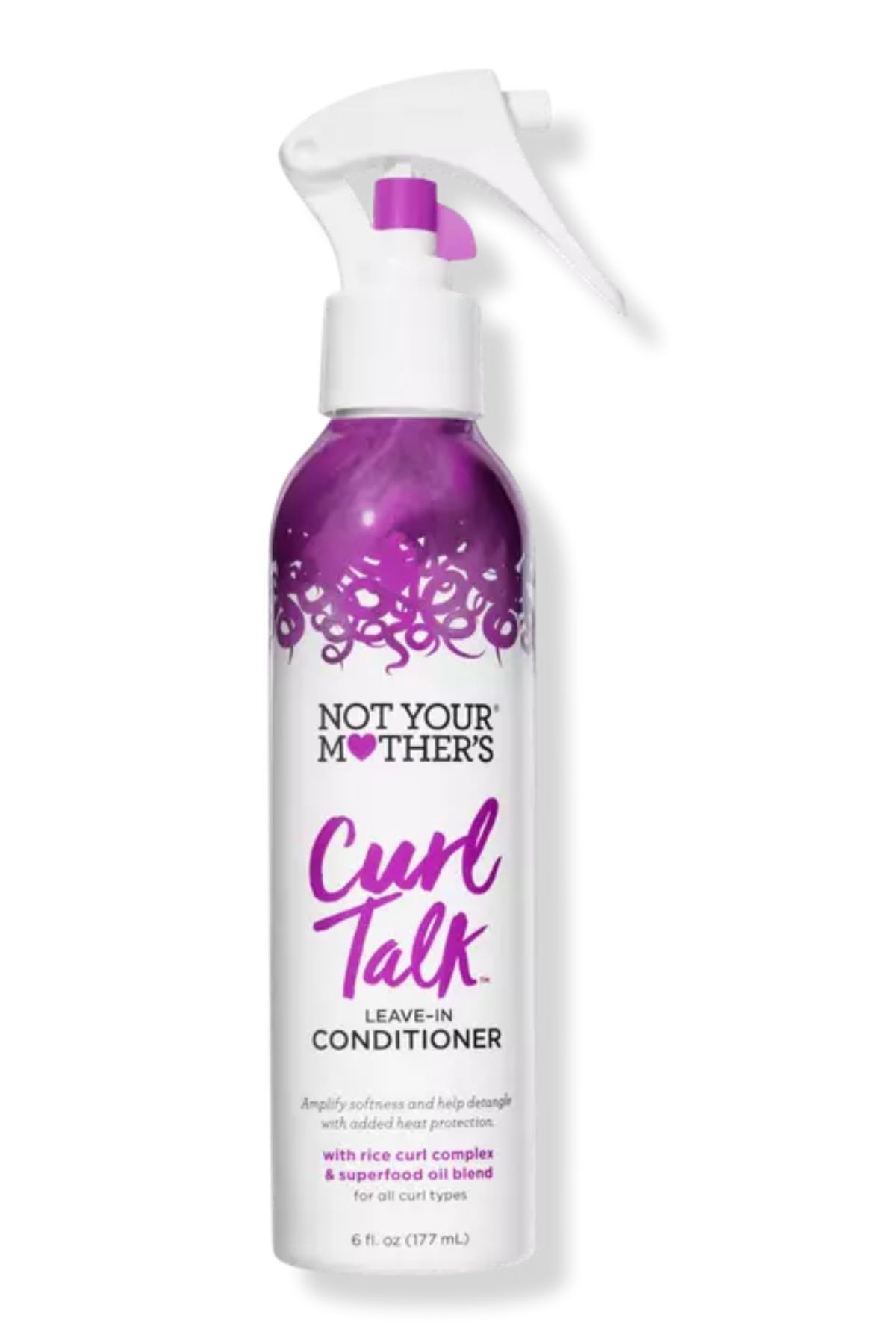
This lightweight leave-in spray works great for my curls when they're freshly washed and need some revitalization. I spray it straight into my hair, onto my brush before detangling, or in my hand for application with my fingers. It even works as a heat protectant, making it ideal for protecting and setting wet curls in place before drying them with a diffuser. I love how easy and lightweight this formula is, especially when it comes to conditioning baby hairs and bangs, which are notoriously temperamental.
Scent:
Size: 6 oz
Cruelty-Free: Yes
What We Love: clean; editor-approved; detangling
What We Don't contains phosphates; strong fragrance

I absolutely love this oil from Powell's haircare line, Naturally Drenched. It's lightweight yet still able to define my curls and keep my strands shiny and hydrated. Plus, the oil doubles as a treatment for flaky, irritated scalps. At first, I was skeptical about this option because of its size (it only contains one ounce of fluid), but it's thick enough to cover my waist-length hair with just two full droppers worth of formula. Plus, although it has a watermelon scent, it's subtle, so it never clashes with my perfume.
Scent: Fruity
Size: 1 oz
Cruelty-Free: Yes
What We Love: Natural ingredients; editor-approved; gentle scent; versatile
What We Don't: Small bottle

Castor oil is a well-established hero product for thick, curly hair, so it makes sense that many leave-in conditioner formulas incorporate it. "I love the ingredients in this one," raves Valles of this option from Kim Kimble. "It's formulated with the finest natural ingredients to keep hair resilient and to bring dry, damaged hair back to a healthy state. It helps stop breakage while nourishing and strengthening dry, damaged, and overworked hair. It's also safe for everyday use for wavy, curly, or kinky hair."
Scent: None
Size: 10 oz
Cruelty-Free: Yes
What We Love: Expert-approved; color-safe; contains natural ingredients, free of parabens, sulfates, and phthalates; affordable; effective for all curl patterns
What We Don't: None found

The go-to product of founder Tracee Ellis Ross, this lightweight yet mega-hydrating formula utilizes a blend of oils, biotin and honey to detangle any snarls, lock in moisture, and enhance curl definition without ever feeling weighed down. It's ideal for curly and coily hair that struggles with a little too much frizz.
Scent: Neroli, rose, and patchouli
Size: 9.8 oz
Cruelty-Free: Yes
What We Love: Expert-approved; free of parabens, SLS, SLES, mineral oil, and phthalates; moisturizing but not too heavy; provides great curl definition
What We Don't: The scent might be too floral if you don't enjoy those notes
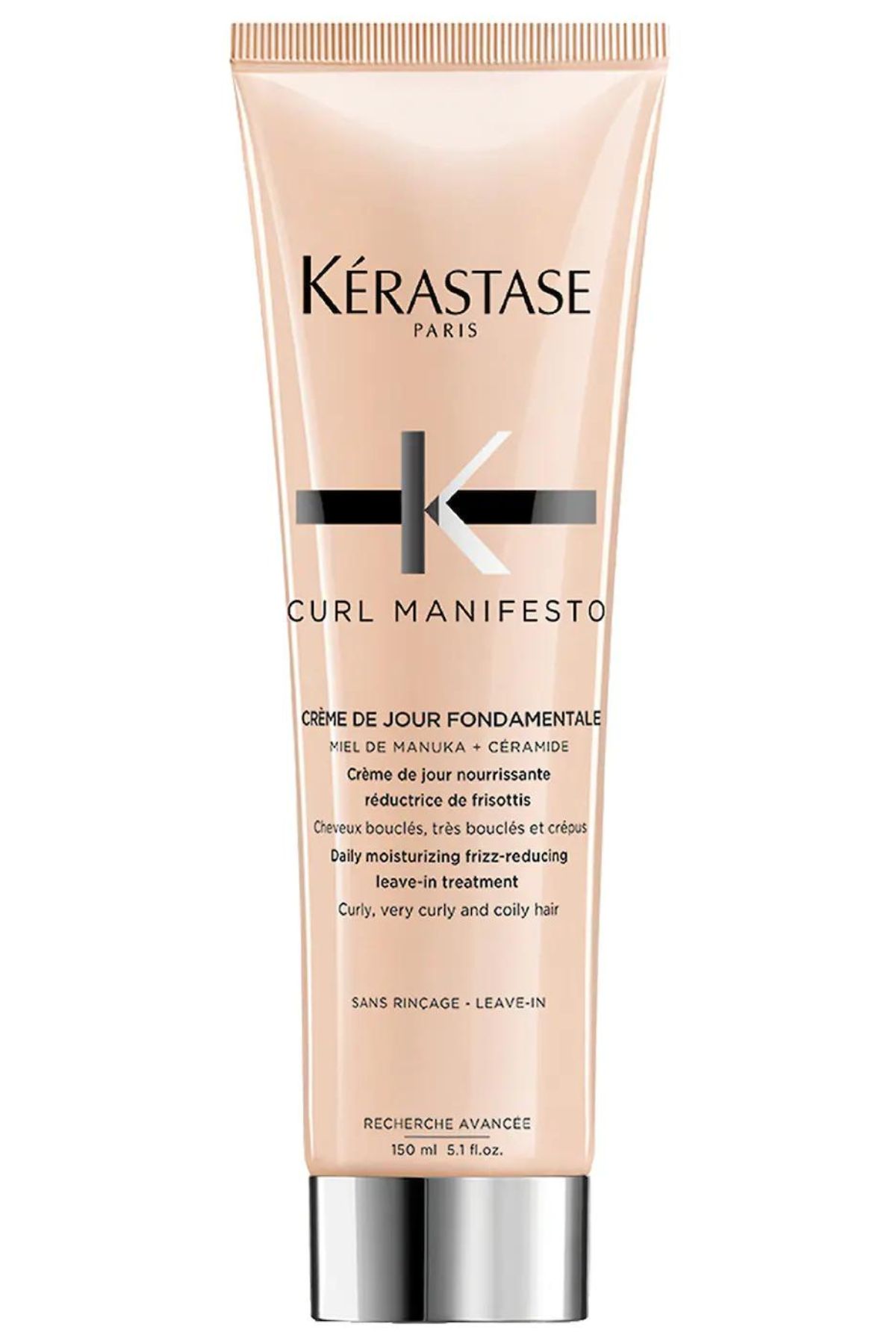
This curly girl leave-in is one of Giannetos's favorites, mainly because it repairs while styling. He attests, "It’s a great cream for curly and natural texture. It's like an IV for damaged and dry hair. I usually use this cream and leave the hair to air dry. It’s a mix between a leave-in conditioner and a styling cream."
Scent: Floral
Size: 5.1 oz
Cruelty-Free: Yes
What We Love: Expert-approved; heat protectant; free of parabens, SLS, SLES, and sulfates; effective for all curl patterns
What We Don't: Small tube for a high price
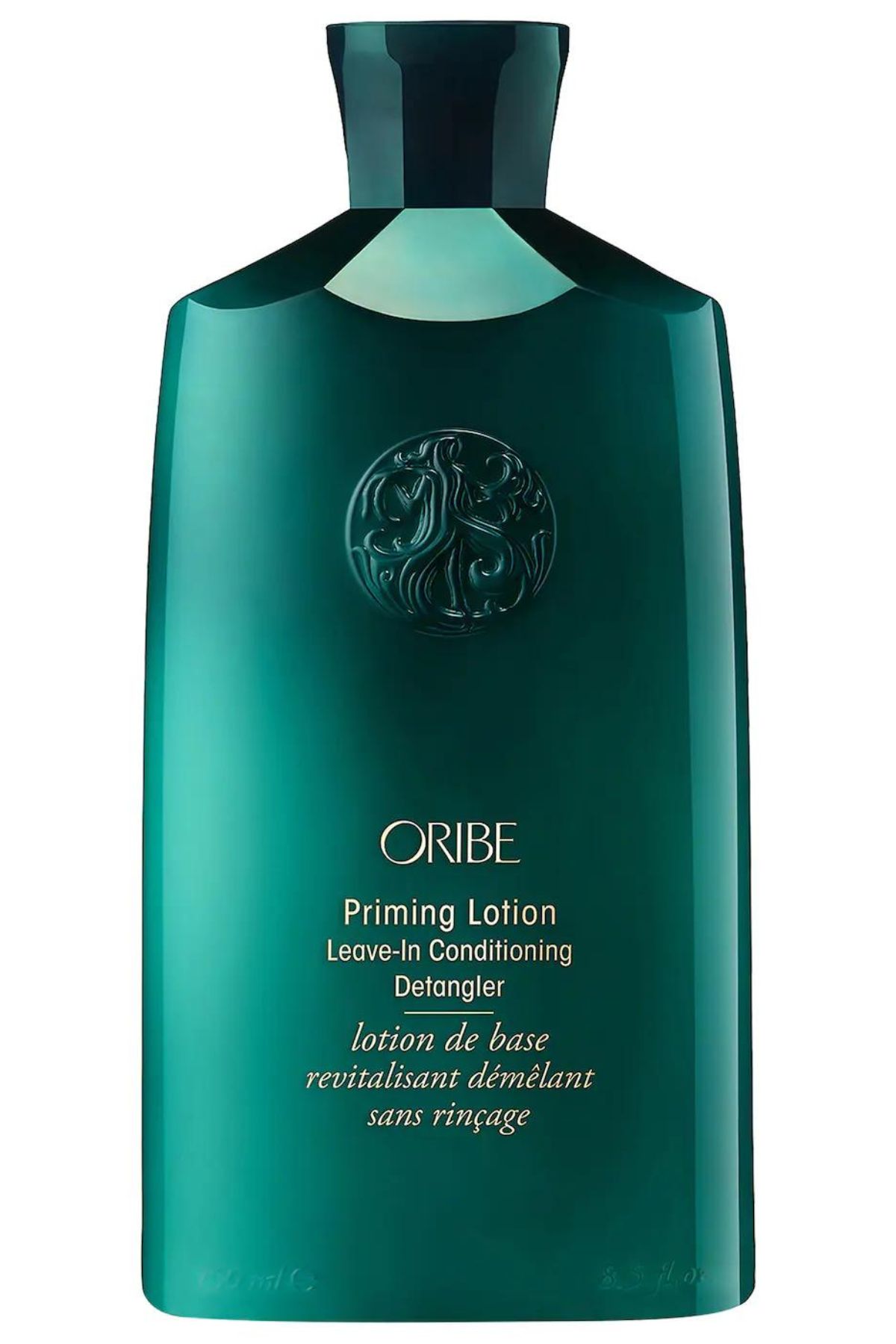
"This silky, leave-in conditioning lotion instantly detangles to ease combing and prevent breakage," says Valles. "The ultra-hydrating formula, with cupuacu and mango seed butters, moisturizes and smooths strands for healthy, beautiful curls prepped for styling. It's best for those who need instant detangling and rich moisture and works for curl types two through four."
Scent: Floral
Size: 8.5 oz
Cruelty-free: Yes
What We Love: Expert-approved; detangling; immediate results; works on all curl patterns; heat protectant; silicone-free
What We Don't: Contains sulfates; strong fragrance

You can't beat this price point—or efficacy, according to Giannetos. "It makes the curls so shiny without any frizz and is a great affordable option," he raves. It's especially great for those who want their leave-in conditioner to define their curl pattern and add extra hold—without that nasty crunchy feeling.
Scent: Fruity
Size: 15 oz
Cruelty-free: Yes
What We Love: Expert-approved; affordable; free of sulfates and parabens; contains natural ingredients like castor oil; made with natural hair in mind; vegan
What We Don't: May be too thick for loose curls and waves
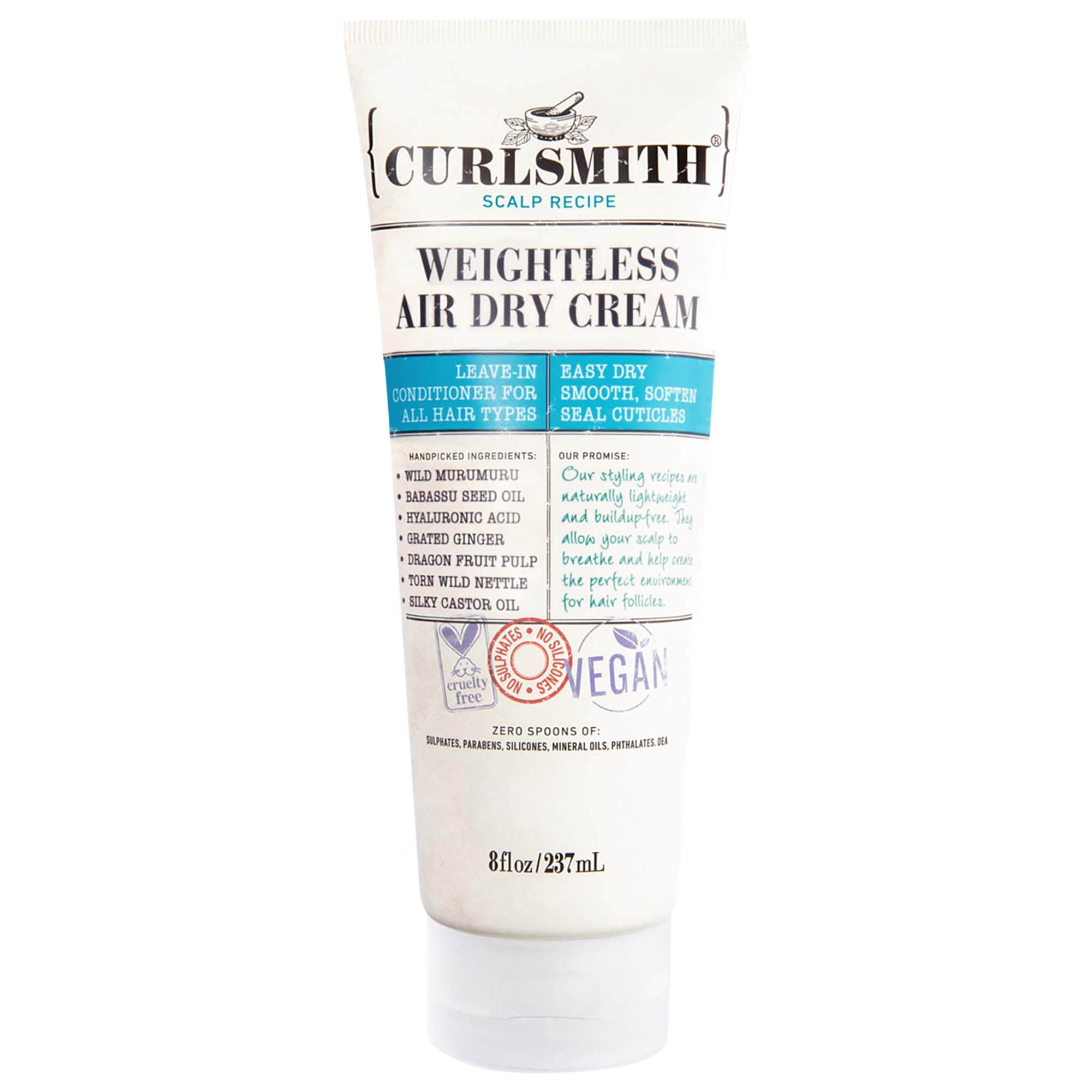
If you want a lightweight option that won't weight down your curls, this is the leave-in for you. It's packed with ingredients like murumuru and hyaluronic acid to hydrate every hair shaft, while simultaneously clump waves and curls together for a shiny, silky finish.
Scent: Fresh
Size: 8 oz
Cruelty Free: Yes
What We Love: Great for medium thick hair; tames frizz; softens curls
What We Don't: No seal on the bottle, so it gets messy
What to Look For in a Leave-In Conditioner for Curly Hair
- Hair Type
"Consider the texture of your hair—whether fine, medium, or coarse when selecting a leave-in conditioner, as this can influence how effective the product is for you," explains Sharley Viola, Associate Director, Brand & Product Education at Curlsmith. "Many products indicate the textures they're best suited for on the packaging." If your hair is on the finer side, consider a lightweight spray, if your hair is medium texture, try a cream, and if your hair is think, opt for an oil or cream combination.
- Ingredients
"I recommend people avoid any leave-in conditioners that contain alcohol or dyes, because this works to create the opposite results we’re looking for," says Giannetos. "Rather than hydrating the hair, these ingredients can dry out the hair."
As for ingredients you want to look for? Hydrating oils and glycerin top the list. "Some great ingredients are aloe vera, melon seed oil, rosemary extract, and fruits with AHAs," says hairstylist Jamila Powell.
- Oil Level
The natural oiliness of your hair can play a role in selecting a leave-in conditioner. "The curlier your hair, the more the sebum produced by the scalp struggles to travel down the hair shaft," explains Viola. "Focus application on the lengths and ends of your hair, avoiding the roots. This helps prevent buildup and keeps your curls light and bouncy."
When to Use a Leave-In Conditioner for Curly Hair
When it comes to application technique, Giannetos recommends applying a leave-in conditioner "only after you wash the hair and towel dry it enough where it's damp but not too wet." This will provide maximum absorption of the products without weighing down your curls. I also like to apply leave-in conditioner as needed to dry hair if I'm experiencing frizz or flyaways.
How Much Leave-In Conditioner Should I Use?
The amount of leave-in you should apply varies from formula to formula. Ultra-rich options, such as those containing castor oil, may require less product than lightweight sprays. It's better to start small and progressively apply more than to apply too much and have to re-wash your hair. Giannetos agrees, "You can tell when you have applied too much leave-in when you try to apply heat to the hair and see that the texture feels stiff and slightly greasy."
To start, he advises "applying between a dime or quarter amount of product, depending on how long your hair is." You'll also want to consider how thin or thick your hair is, as well as how greasy or dry it is naturally—the thicker and drier your hair is, the more product it can handle. Having high-porosity or low-porosity hair can also impact it.
How To Use a Leave-In Conditioner on Curls
You'll want to follow the application instructions on your particular bottle, but so long as you use the right amount of product, you'll be in good shape.
"I always suggest sectioning with clips and applying any product for even distribution," explains Powell. "Disperse the leave-in into the palm of your hands and emulsify the leave-in by rubbing your hands together. Then, evenly distribute the product on each section."
After you apply the product, use a brush, comb, or your fingers to distribute the leave-in throughout the hair. You can then use a microfiber towel to scrunch your curls. Let your hair air dry or use a diffuser to lock in your style.
How Often Should I Apply Leave-In Conditioner on Curls?
Giannetos says it's best to apply leave-in conditioners just a few times a week, depending on how thick or thirsty your hair is. Start off using a leave-in conditioner twice a week, and work your way up from there.
How We Tested
Marie Claire editors with curly hair—including Gabrielle Ulubay, Hanna Lustig, Lauren Tappan, and Hannah Baxter—personally tried 12 leave-in conditioners for curly hair. They applied the products to damp, towel-dried hair after showering. Every product was evaluated based on texture, smell, and wear. Our editors have the beauty knowledge to rate how well the product defined their curl pattern, how hydrating it felt, and how many days it kept their hair soft and touchable.
Why Trust Us
Marie Claire's beauty experts, Gabrielle Ulubay, Hannah Baxter, and Hannah Lustig, have a combined two decades of experience in the beauty space. They are well versed on product ingredients, brand reputation, and know how to identify a high-quality, good-for-your-hair product. We also combed through customer reviews to ensure every product on this list was well regarded and consulted with three celebrity hairstylists who regularly work with curly hair.
Meet the Experts
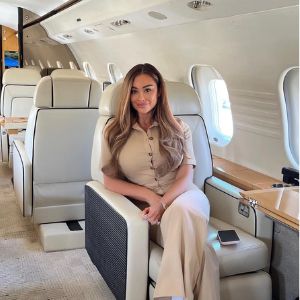
Priscilla Valles is a celebrity hairstylist and extension expert. She has worked with a number of high-profile celebrity clients, including Christina Aguilera, Celine Dion, Britney Spears, and Chrissy Teigen. She is currently based in Los Angeles.
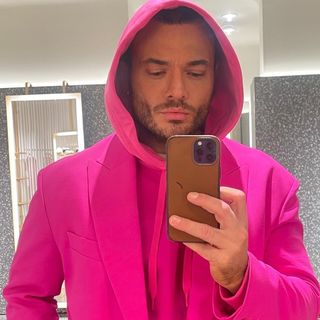
Originally hailing from Greece and enjoying a successful career there, Dimitris Giannetos has been a celebrity hairstylist in Los Angeles since 2013. He has worked with a number of haircare brands as a brand ambassador, has collaborated with photographers and magazines, and his client list has included Joey King, Megan Fox, Alessandra Ambrosio, and others.

Jamila Powell is the founder of Maggie Rose Salon, a top-rated salon for textured hair, and the founder of Naturally Drenched, a haircare brand focused on caring for curly and natural hair. In addition to being an entrepreneur and hair expert, she is also a successful attorney. Currently, she is based in Miami.
Get exclusive access to fashion and beauty trends, hot-off-the-press celebrity news, and more.
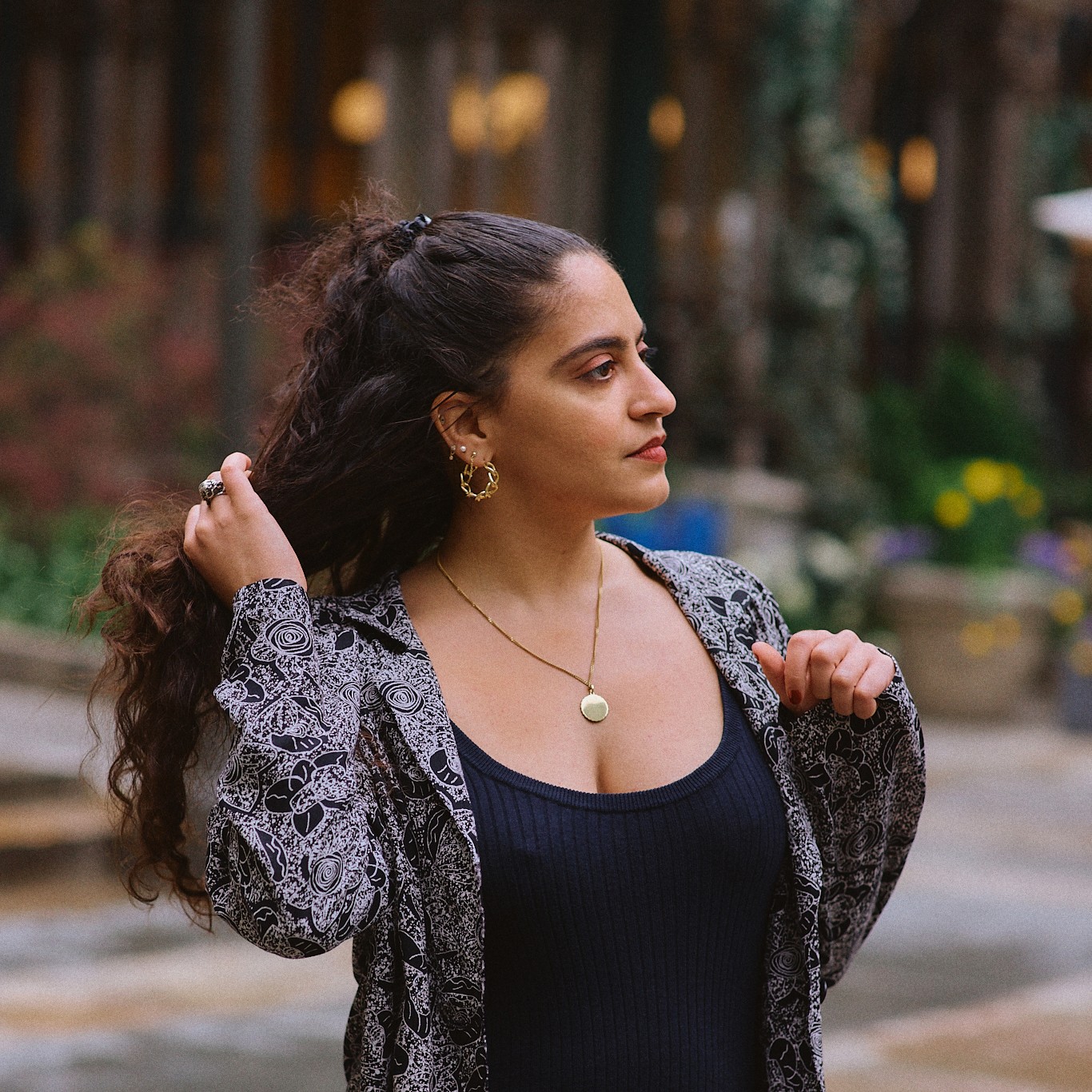
Gabrielle Ulubay is a Beauty Writer at Marie Claire. She has also written about sexual wellness, politics, culture, and fashion at Marie Claire and at publications including The New York Times, HuffPost Personal, Bustle, Alma, Muskrat Magazine, O'Bheal, and elsewhere. Her personal essay in The New York Times' Modern Love column kickstarted her professional writing career in 2018, and that piece has since been printed in the 2019 revised edition of the Modern Love book. Having studied history, international relations, and film, she has made films on politics and gender equity in addition to writing about cinema for Film Ireland, University College Cork, and on her personal blog, gabrielleulubay.medium.com. Before working with Marie Claire, Gabrielle worked in local government, higher education, and sales, and has resided in four countries and counting. She has worked extensively in the e-commerce and sales spaces since 2020, and spent two years at Drizly, where she developed an expertise in finding the best, highest quality goods and experiences money can buy.
Deeply political, she believes that skincare, haircare, and sexual wellness are central tenets to one's overall health and fights for them to be taken seriously, especially for people of color. She also loves studying makeup as a means of artistic expression, drawing on her experience as an artist in her analysis of beauty trends. She's based in New York City, where she can be found watching movies or running her art business when she isn't writing. Find her on Twitter at @GabrielleUlubay or on Instagram at @gabrielle.ulubay, or follow her art at @suburban.graffiti.art